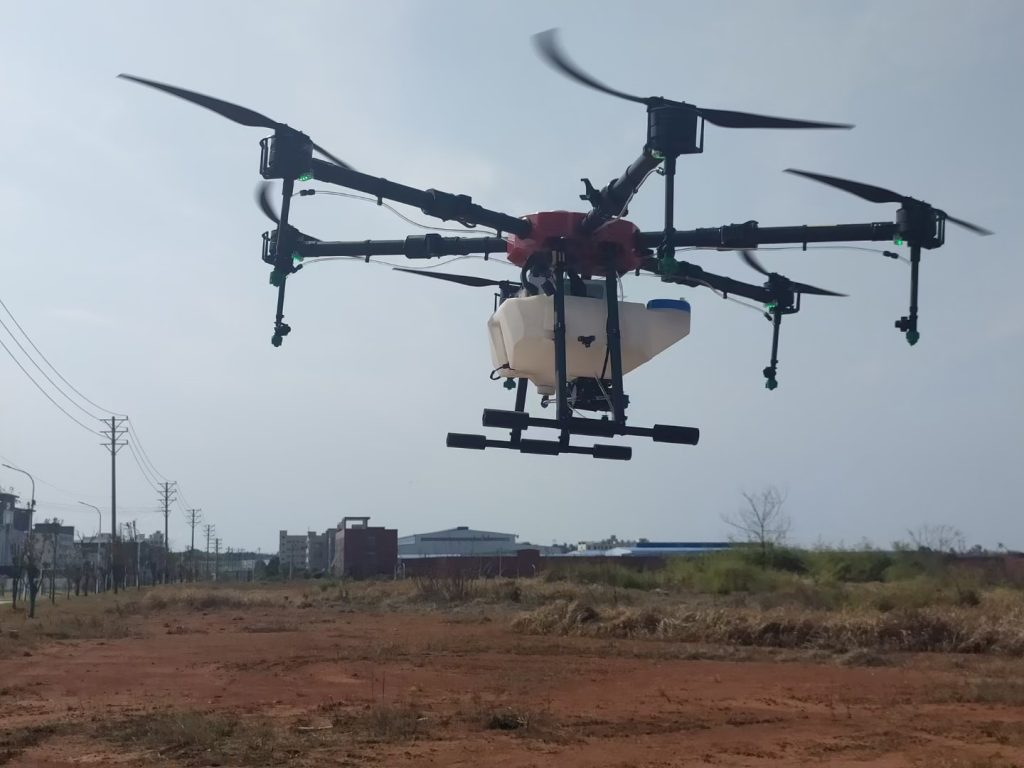
The global shift toward organic agriculture is rewriting the rules of farming. With consumers demanding chemical-free produce and regulators tightening restrictions on synthetic inputs, organic farmers face a unique challenge: protecting crops without harming the ecosystem they aim to preserve 🌱. Traditional spraying methods—manual backpacks, tractor-mounted systems—often fall short, risking overuse of organic-approved biopesticides, collateral damage to pollinators, and wasted resources. Enter drone sprayers tailored for organic farming: precision tools designed to deliver purity, protect biodiversity, and nurture soil health. These UAVs aren’t just spraying devices—they’re guardians of organic integrity. 🚁✨
The Organic Farming Paradox: Protecting Crops, Preserving Nature
Organic agriculture prioritizes ecological balance, but its very principles create spraying complexities:
-
Biopesticide Sensitivity: Organic-approved solutions (e.g., neem oil, Bacillus thuringiensis) are often viscous, UV-sensitive, or require ultra-precise dosing—too much can burn plants; too little fails to control pests 🐛.
-
Pollinator Protection: Bees, butterflies, and other beneficial insects are vital to organic systems. Blanket spraying risks exposing them to even mild biopesticides 🐝.
-
Resource Efficiency: Organic farms aim to minimize water and energy use. Conventional sprayers waste 50–70% of liquid through drift or runoff 💧❌.
-
Compliance Burden: Organic certifications demand meticulous records of input use. Manual tracking is error-prone and time-consuming 📝.
For organic farmers, spraying isn’t just about pest control—it’s about upholding a philosophy. Drones make this possible.
How Organic-Focused Drones Deliver Purity & Precision
Tailored for organic needs, these UAVs integrate features that respect both crops and the planet:
🎯 Ultra-Precise Variable Rate Application (VRA)
Organic biopesticides are expensive and potent. Drones use multispectral cameras to map pest hotspots (e.g., aphid clusters on kale) and apply only the required dose—down to milliliters per square meter. This cuts biopesticide use by 30–40% compared to manual spraying, saving costs while avoiding plant damage 🌿💸.
🌬️ Low-Volume, Low-Drift Spraying
Unlike high-pressure tractor sprayers, drones atomize liquids into ultra-fine droplets (50–150 microns) that stick to leaves instead of drifting. Paired with adjustable flight altitudes (1–3 meters), this minimizes off-target exposure to pollinators and soil microbes 🐝🌍.
🐝 Pollinator-Safe Flight Paths
AI algorithms identify flowering areas (bee habitats) and automatically exclude them from spray zones. Drones also fly at times when pollinators are least active (dawn/dusk), further reducing risk 🌅🦋.
📊 Data-Driven Compliance & Soil Health Tracking
Post-flight, drones generate reports detailing:
-
Exact biopesticide quantities used per field 🧪
-
Coverage maps to prove no untreated “hotspots” remain 🗺️
-
Soil moisture and crop health indices (NDVI) to guide future organic fertilizer applications 🌱
This simplifies organic certification audits and helps farmers refine regenerative practices ✅.
Benefits Beyond Spraying: Nurturing the Organic Ecosystem
Organic-focused drones create ripple effects that strengthen entire farms:
🌍 Protecting Biodiversity
By avoiding broad-spectrum sprays, drones safeguard predatory insects (e.g., ladybugs that eat aphids) and earthworms critical to soil health. A study in Italy found drone-sprayed organic vineyards had 25% more pollinator species than tractor-sprayed plots 🐞🍇.
💧 Water Conservation
Drones use 90% less water than traditional sprayers, a game-changer for organic farms reliant on rainwater harvesting or dryland techniques 💦➡️💧.
📈 Boosting Yields Organically
Precision application ensures crops get timely protection, reducing pest-induced yield loss by 15–20%. For a 50-acre organic tomato farm, this could mean 10,000 extra pounds of harvest annually 🍅📈.
🤝 Empowering Smallholders
Manual spraying is labor-intensive for small organic farms. One drone operator can manage 3–5 UAVs, covering 100+ acres/day—leveling the playing field against larger conventional farms 👩🌾➡️👨💻.
Case Study: Revitalizing an Organic Apple Orchard
The Smith Family Orchard, a 120-acre organic apple farm in Washington State, struggled with codling moth infestations. Traditional spraying wasted neem oil (a key biopesticide) and accidentally killed parasitic wasps that naturally controlled moths. After adopting organic-focused drones:
-
Biopesticide Use Dropped by 35% ($4,200 saved/year) 💰
-
Parasitic Wasp Populations Rebounded by 40%, reducing moth damage by 60% 🐝✅
-
Yield Increased by 18% (adding $28,000 in revenue) 📈
-
Certification Audits Passed with Zero Issues thanks to automated record-keeping 📝✅
The Future: Drones as Partners in Regenerative Organic Farming
As organic farming evolves toward regenerative practices (focused on soil carbon sequestration and ecosystem restoration), drones will play an even bigger role:
-
🔮 AI-Powered Disease Prediction: Analyzing leaf patterns to forecast fungal outbreaks (e.g., apple scab) weeks in advance, enabling proactive organic treatments.
-
🌱 Biofertilizer Integration: Spraying compost tea or mycorrhizal fungi to boost soil biology, paired with drone-collected soil data.
-
🌐 IoT Connectivity: Syncing with soil sensors and weather stations to trigger sprays only when conditions favor biopesticide efficacy (e.g., calm winds, no rain forecast).
Conclusion: Purity in Practice, Planet in Mind
Organic farming is more than a label—it’s a commitment to working with nature, not against it. Drone sprayers designed for organic systems honor this ethos by delivering precision without compromise: protecting crops, conserving resources, and nurturing the biodiversity that makes organic agriculture thrive.
For farmers who believe in growing food that’s good for people and the planet, these drones aren’t just tools—they’re allies in the journey toward a more sustainable, regenerative future. 🌍🌾💚
Icons used: 🌱🚁✨🐛💧❌🐝📝🎯🌿💸🌬️🦋🌅📊🧪🗺️🌍🐞🍇💦💧📈🍅👩🌾👨💻🔮🤝💰✅


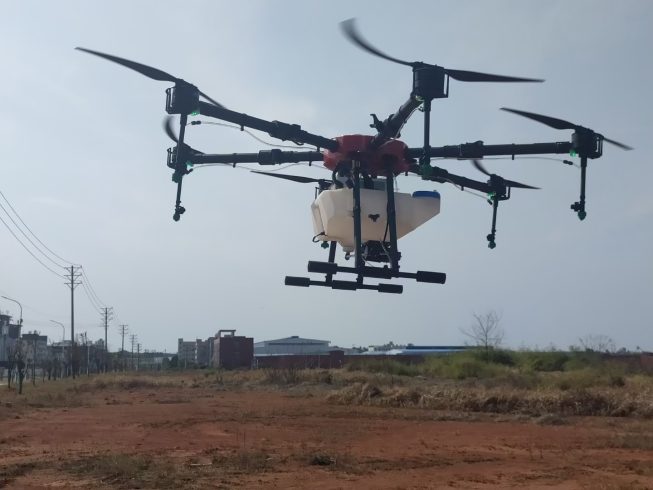




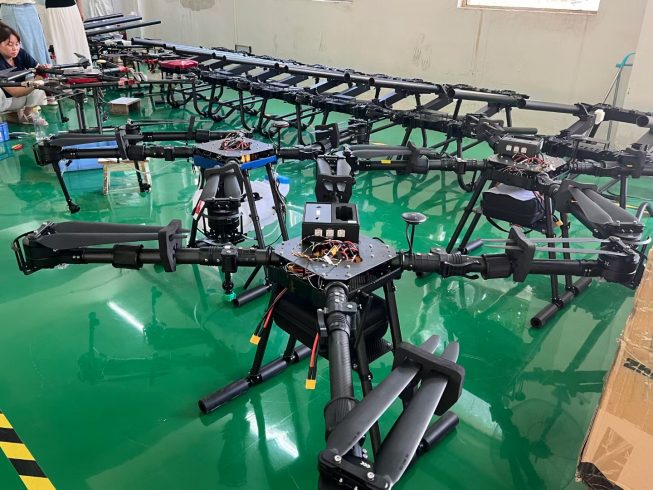
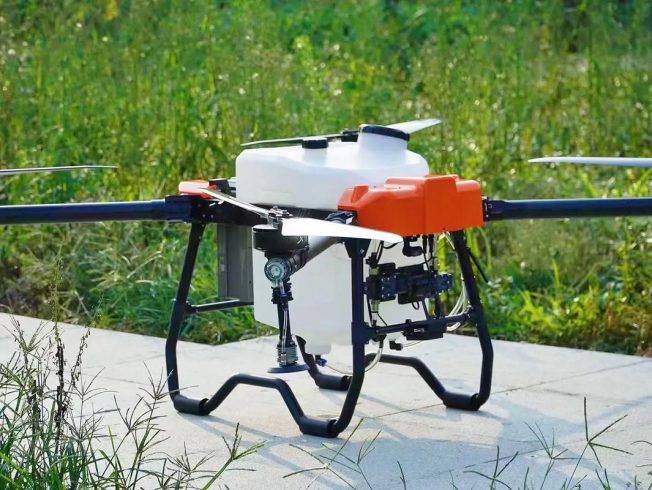
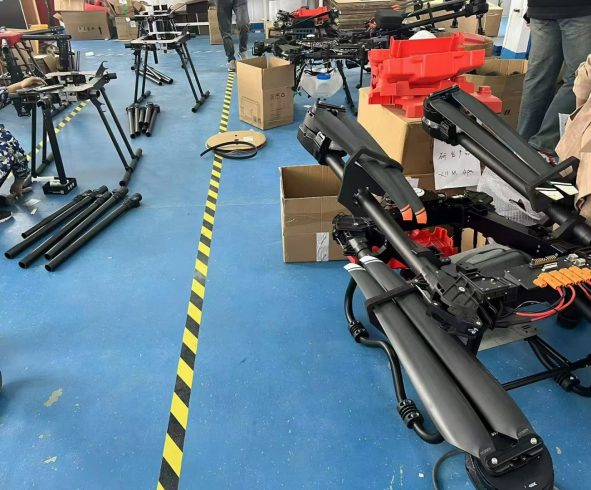

暂无评论内容